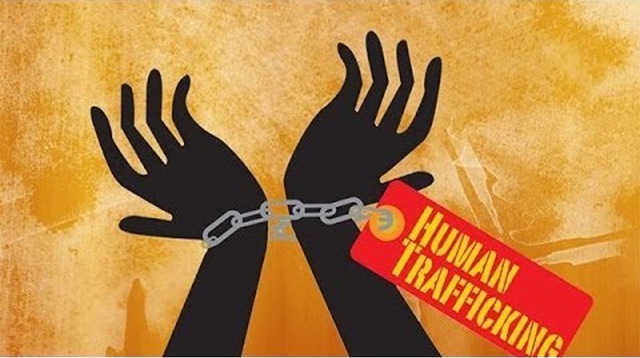Global call for investment in youth education to combat trafficking in persons
VGP - On the occasion of the World Day against Trafficking in Persons (July 30), the International Organization for Migration (IOM)’s Chief of Mission in Viet Nam joined the Ambassadors from Australia, the EU, the UK and the U.S. and Counsellor from Canada to deliver a joint letter to Vietnamese youths.

In the letter, they call for more investment in youth education to empower them with knowledge and skills.
Today, there are more young people in the world than ever. With nearly 2.4 billion, this is the largest generation in history. Of the 281 million international migrants, approximately 11.3 percent were below 24 years of age.
Meanwhile, in Viet Nam, there are over 22 million young people between the ages of 16 and 30, and many have considered moving out of their hometowns for better work and study opportunities.
Nevertheless, today's youth face a dual-edged reality in the fight against trafficking in persons. As digital natives, the youth are increasingly vulnerable to traffickers who exploit online platforms to prey on young individuals.
However, this same generation holds the power to drive significant changes. Their dynamism, creativity, and tech-savviness uniquely position them to develop innovative solutions to combat trafficking in the digital age.
Inspired by the letter of President Ho Chi Minh to the youth, the joint letter hopes to inspire the youth to fully unleash their endless power to confront immediate threats of human trafficking and inspire them to lead a global movement for transformative change.
This is also a chance to shine a spotlight on children–who represent a significant proportion of trafficking victims worldwide, with girls affected most of all.
According to UNODC, an average of one in three victims of human trafficking globally is a child–although in some regions, the proportion is much higher–and children are twice as likely as adults to face violence while being trafficked.
IOM's research also shows that no age group, gender or nationality is immune. Family members or friends are involved in more than 50 per cent of cases. And ever-evolving online platforms are making it easier for traffickers to exploit children while avoiding detection./.
